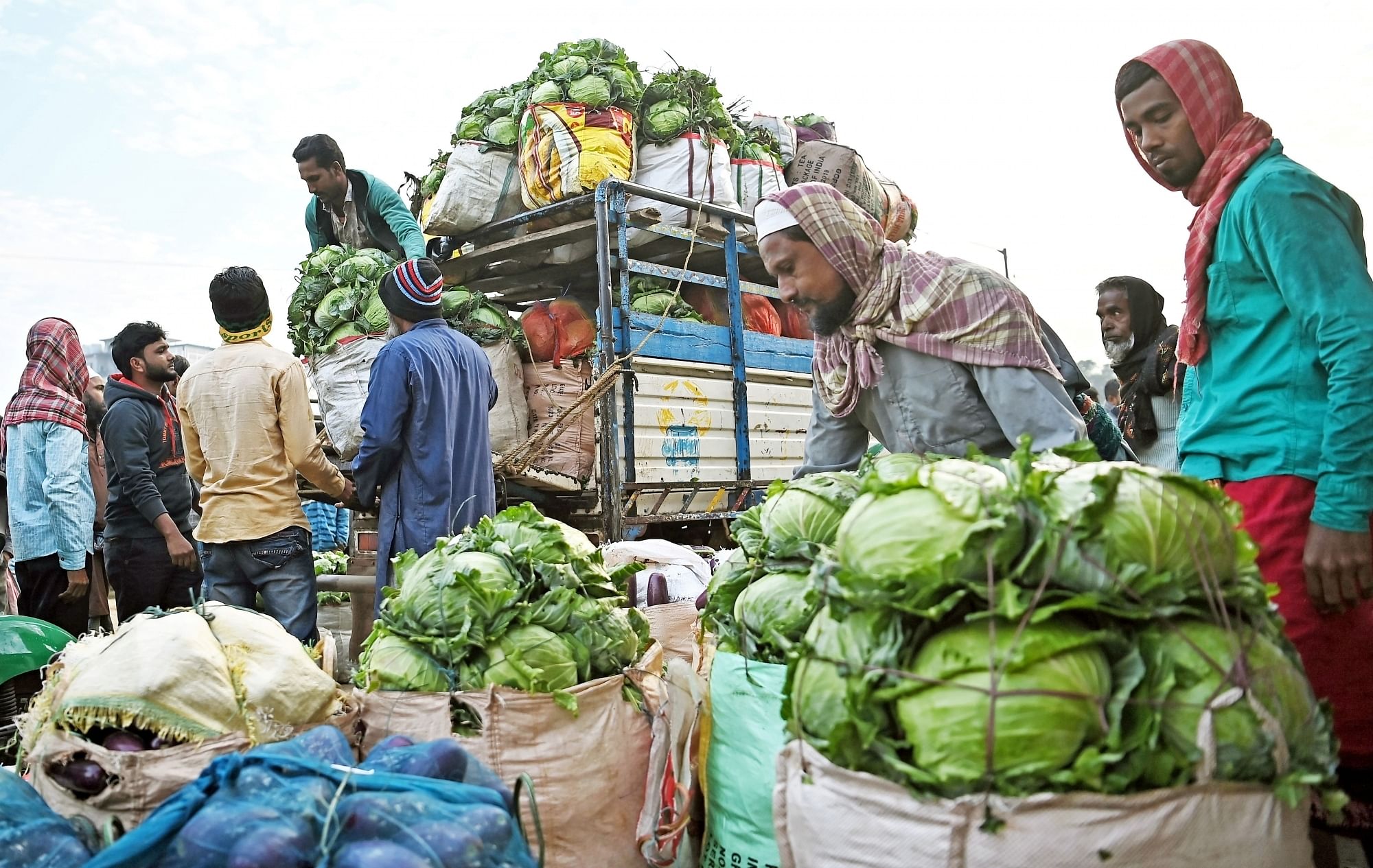
India’s wholesale price-based inflation (WPI) declined to a two-year low of 4.73 per cent in January from 4.95 per cent in the previous month, indicating moderation in supply-side pressures, even though the prices in the retail markets remained at an elevated level.
The WPI-based inflation has posted a decline for the eighth consecutive month. In November 2022, the WPI-based inflation stood at 6.12 per cent.
One key reason for the decline in the WPI inflation figure is the base effect. In January 2022, the WPI stood at 13.68 per cent. The cumulative inflation for the first 10 months of the current fiscal stands at 10.84 per cent. Wholesale price-based inflation stood at 12.78 per cent in 2021-22.
“WPI is easing over the months, which is desirable. High base effect and falling global prices are aiding in reduced manufacturing prices,” said Rumki Majumdar, an economist at Deloitte India. “Steady commodity prices are also contributing to the easing of WPI, although there are downside risks of prices going up,” Majumdar added.
Also read | After January inflation shocker, foreign analysts see another 25 basis point rate hike in April
The Union Ministry of Commerce and Industry said in a statement that the decline in the rate of inflation in January is primarily contributed by mineral oils, chemicals & chemical products, textiles, crude petroleum and natural gas, textiles, and food products.
Annual inflation in manufactured products, which has 64.23 per cent weight in the WPI, eased to 2.99 per cent in January from 3.37 per cent in the previous month. Fuel & power inflation declined to 15.15 per cent in January from 18.09 per cent in December. However, inflation in primary articles rose to 3.88 per cent during the month under review as compared to 2.38 per cent in December 2022.
The rate of inflation based on the WPI Food Index increased from 0.65 per cent in December 2022 to 2.95 per cent in January 2023.
There was a sharp jump in the prices of cereals. Wheat became costlier by 23.63 per cent in January on a year-on-year basis. Paddy became costlier by 7.18 per cent while the prices of pulses rose by 2.41 per cent.
Milk prices rose by 8.96 per cent in January on a year-on-year basis in the wholesale market. Fruits became costlier by 4.14 per cent. However, there was a sharp drop in the prices of vegetables, which became cheaper by 26.48 per cent during the month under review. Onion price dropped by 25.20 per cent in January 2023 when compared with the same month last year.
WPI inflation data comes a day after the release of the Consumer Price Index (CPI) based retail inflation figures. The headline retail inflation, which the Reserve Bank of India tracks for its policy action, jumped to three months high of 6.52 per cent in January.
While the overall inflation remains sticky putting pressure on the RBI to further hike interest rates, the decline in wholesale price based inflation indicates that supply-side pressures are somewhat moderating.
“Sticky core inflation continues to pose challenges from the demand side,” CRISIL said in a note.
Core inflation remains the biggest concern – as also highlighted by the RBI governor in the latest monetary policy statement - with continued passthrough of input costs and domestic demand proving to be resilient, the rating agency noted.